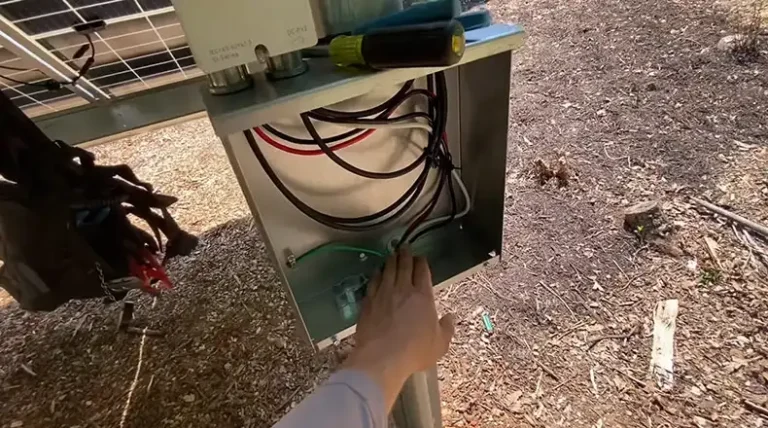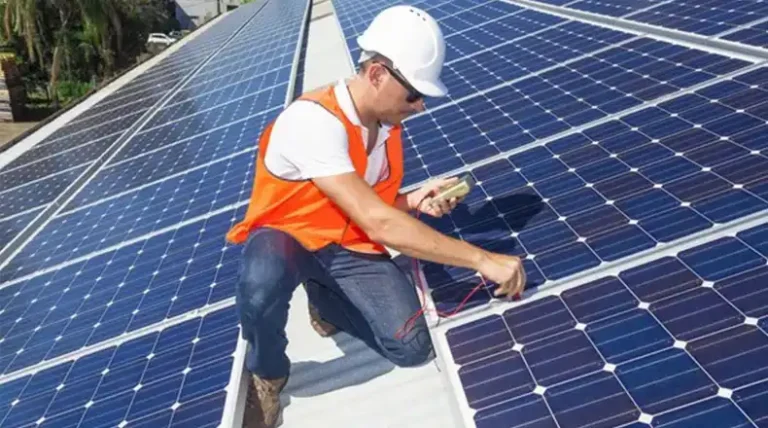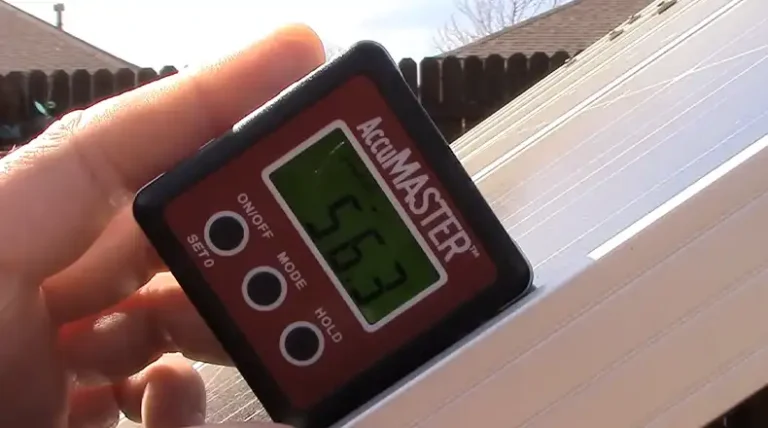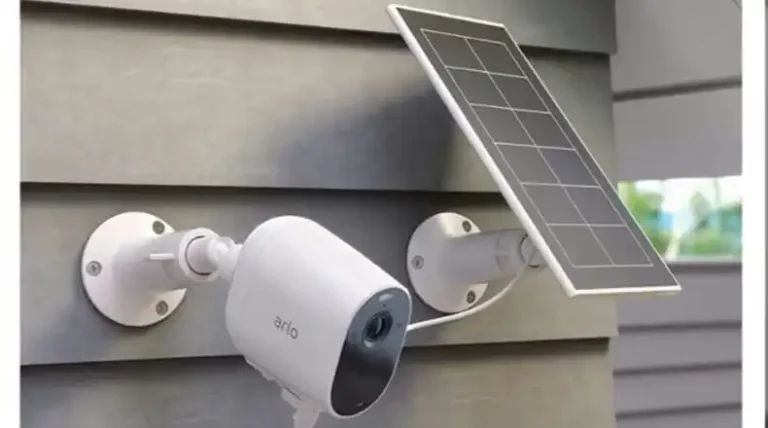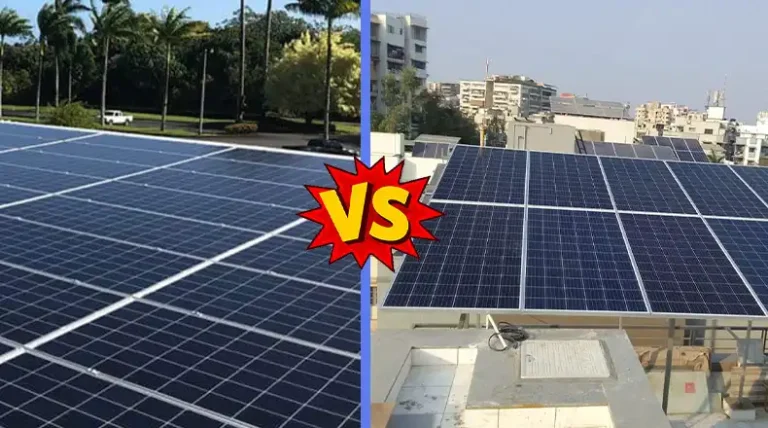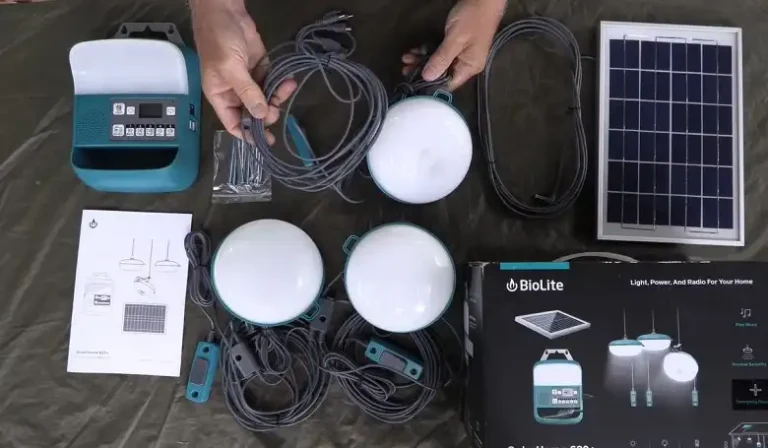17 Common Roof Issues During Solar Panel Installation
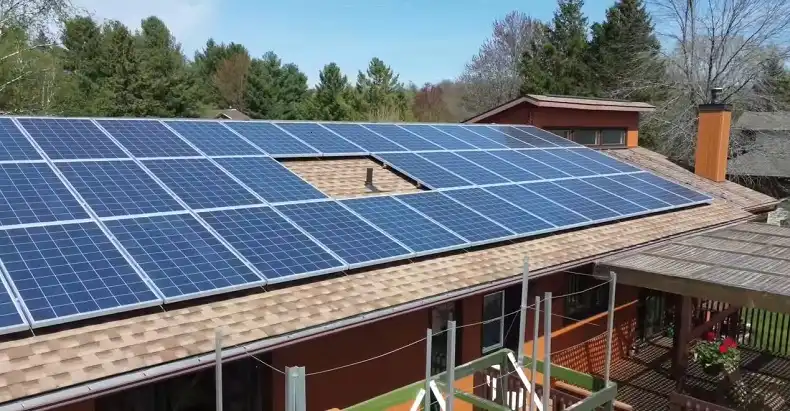
Installing solar panels on your roof can be an excellent way to reduce your carbon footprint and energy bills. However, it’s not a decision to be taken lightly.
There are numerous potential issues that can arise during and after solar panel installation, many of which are preventable with proper planning and execution.
This article will explore 17 common roof issues associated with solar panel installation, covering everything from pre-installation considerations to post-installation problems.
By understanding these challenges, homeowners can make informed decisions and take steps to ensure a successful solar panel installation.
The most critical factor for a trouble-free solar roof is thorough preparation – assessing your roof’s condition, choosing the right materials, and working with experienced professionals are key to avoiding many common pitfalls.
Identifying Common Roof Issues During Solar Panel Installation
Installing solar panels on your roof can be a great investment, but it’s essential to be aware of potential roof issues that may arise during the process. Here are some common problems to watch out for:
1. Roof Age and Condition
The age and condition of your roof play a crucial role in determining whether it’s suitable for solar panel installation.
A roof that’s nearing the end of its lifespan may not be able to support solar panels for their full 25-30 year expected lifetime. Installing panels on an aging roof could lead to costly removals and reinstallations when the roof needs replacement.
Before proceeding with solar installation, have a professional assess your roof’s condition. If your roof is more than 15 years old or shows signs of wear, consider replacing it before adding solar panels.
This ensures your roof can support the panels for their entire lifespan and prevents potential issues down the line.
2. Roof Type and Material
Not all roofing materials are equally compatible with solar panel installation. While asphalt shingles, metal roofing, and concrete tiles generally work well, materials like slate, wood shakes, and clay tiles can present challenges.
The type of roofing material affects both the ease of installation and the long-term performance of your solar system.
For homes with less compatible roofing materials, specialized mounting systems may be required. These can increase installation costs and complexity.
Additionally, some materials are more prone to damage during installation, which could lead to leaks or other issues if not handled properly by experienced installers.
3. Roof Slope and Direction
The angle and orientation of your roof significantly impact the efficiency of your solar panels. Ideally, solar panels should face south in the northern hemisphere to maximize sun exposure throughout the day.
A roof slope between 30-40 degrees is often considered optimal for solar panel efficiency. If your roof doesn’t have the ideal slope or orientation, it doesn’t necessarily mean you can’t install solar panels.
However, it may affect the system’s overall efficiency and could require additional panels or specialized mounting equipment to achieve desired energy production levels. Flat roofs or those with very steep pitches may need custom racking solutions, which can add to installation costs.
4. Shading from Trees
Nearby trees or structures that cast shadows on your roof can significantly reduce solar panel efficiency. Even partial shading of a single panel can disproportionately affect the output of the entire system due to the way panels are typically wired together.
Before installation, conduct a thorough shade analysis to determine if tree trimming or removal is necessary. Consider not just current shading, but also how tree growth might affect solar production over the next 25-30 years.
In some cases, you may need to explore alternative placement options for your panels or consider technologies like microinverters that can help mitigate the impact of partial shading.
5. Energy Needs Assessment
Understanding your household’s energy consumption is crucial for properly sizing your solar system. Installing a system that’s too small will leave you relying on grid power more than necessary, while an oversized system may produce more energy than you can use or be allowed to feed back into the grid.
Review your past utility bills to determine your average monthly energy usage. Consider any planned changes that might affect your future energy consumption, such as adding an electric vehicle or expanding your home.
Ensure your roof has enough space to accommodate the number of panels needed to meet your energy goals. A professional solar consultant can help you calculate the optimal system size based on your energy needs and roof characteristics.
6. Structural Capacity
Your roof must be able to support the additional weight of solar panels and mounting equipment. A typical residential solar installation can add several hundred pounds to your roof, which some older or poorly constructed homes may not be able to handle safely.
Before installation, have a structural engineer assess your roof’s capacity to handle the extra load. They can determine if any reinforcement is needed and ensure the weight is distributed properly across the roof structure.
Failing to address structural concerns can lead to sagging, damage to your roof, or even catastrophic failure in extreme cases.
7. Improper Installation Techniques
The quality of installation is crucial for the long-term performance and safety of your solar system. Inexperienced or careless installers may not follow best practices, leading to a host of potential issues.
These can include improperly secured panels that shift or come loose over time, poor wiring connections that reduce system efficiency or create fire hazards, and inadequate weatherproofing that leads to leaks.
To mitigate this risk, choose a reputable, experienced solar installation company. Ask about their training and certification processes for installers, and request references from previous customers.
Don’t hesitate to ask detailed questions about their installation methods and quality control processes. Remember, a properly installed system will perform better and last longer, making it well worth the effort to find a qualified installer.
8. Water Flow Disruption
Solar panels can alter the way water flows off your roof, potentially leading to leaks or water damage if not properly accounted for.
Panels may create new paths for water to pool or flow in unintended directions, and mounting hardware can create obstacles that trap debris and water.
Ensure your installer has a plan for managing water flow around the panels. This may involve adjusting the layout of panels, adding additional flashing or water diversion systems, or installing snow guards in areas prone to heavy snowfall.
Proper flashing and sealants should be used around all roof penetrations to prevent water ingress. Regular maintenance to clear debris from around panels and gutters is also crucial to maintain proper water flow.
9. Weight Distribution Issues
Uneven distribution of panel weight can stress your roof structure and lead to damage over time. Panels should be evenly distributed across the roof surface to avoid concentrating the load in specific areas.
Improper load distribution can lead to sagging, damage to roofing materials, or even structural issues in extreme cases.
Work with a structural engineer to plan the panel layout and mounting strategy. Use appropriate mounting hardware designed for your specific roof type and follow manufacturer guidelines for panel spacing and attachment.
Regular inspections can help identify any developing issues with weight distribution before they become serious problems.
10. Penetrations and Potential Leaks
Every hole drilled into your roof for mounting solar panels is a potential entry point for water. Improperly sealed penetrations can lead to leaks and water damage, which may not become apparent until significant damage has occurred.
Use high-quality, durable sealants appropriate for your climate, and ensure installers follow proper techniques for sealing roof penetrations.
Schedule regular inspections to check for any signs of water ingress, particularly around mounting points and wiring entry points. Be aware that thermal expansion and contraction can stress sealants over time, so ongoing maintenance is crucial.
11. Micro-Cracks in Solar Cells
Micro-cracks are small fractures that can develop in the silicon cells of solar panels. These can be caused by extreme temperature changes, physical stress during transportation or installation, or even manufacturing defects.
While not always immediately noticeable, micro-cracks can reduce panel efficiency over time and may lead to more significant damage if left unchecked.
Regular inspections using specialized equipment can help identify micro-cracks before they significantly impact performance.
Choose high-quality panels from reputable manufacturers, and ensure your installer handles panels carefully during the installation process. Some newer panel technologies are more resistant to micro-cracking, which may be worth considering for long-term durability.
12. Snail Trails and Discoloration
“Snail trails” are dark lines or discoloration that can appear on solar panels over time. These are often caused by moisture ingress and chemical reactions within the panel.
While not always indicative of a performance issue, they can be a sign of underlying problems like micro-cracks or delamination. Regular visual inspections can help identify snail trails early.
If you notice this discoloration, have a professional assess your panels to determine if there’s any impact on performance. Choosing high-quality panels with robust moisture barriers can help prevent this issue.
13. Internal Corrosion
Internal corrosion can occur when moisture penetrates the protective layers of a solar panel. This can lead to degradation of internal components, reducing efficiency and potentially shortening the lifespan of the panel.
To prevent internal corrosion, ensure your panels are properly sealed and installed according to manufacturer specifications.
Regular inspections can help catch signs of moisture ingress early. In humid climates, consider panels with enhanced moisture protection features.
14. Reduced Energy Production
Over time, you may notice a gradual decrease in energy production from your solar system. While some degradation is normal (typically around 0.5-1% per year), significant drops in output can indicate underlying issues.
Monitor your system’s output regularly and compare it to expected production levels. If you notice a significant decrease, have a professional inspect your system. Issues like shading from new tree growth, accumulated dirt or debris, or equipment failures can all contribute to reduced production.
15. Maintenance Difficulties
While solar panels generally require minimal maintenance, neglecting basic upkeep can lead to reduced efficiency and shortened system lifespan.
Dust, pollen, bird droppings, and other debris can accumulate on panels, reducing their ability to absorb sunlight.
Establish a regular cleaning and inspection schedule for your panels. In most cases, rainfall will help keep panels clean, but periodic professional cleaning may be necessary, especially in dry or dusty areas.
Ensure safe access to your roof for maintenance, or consider ground-mounted systems if roof access is challenging.
16. High Upfront Costs
The initial investment for a solar panel system can be substantial, often ranging from $15,000 to $25,000 or more for a typical residential installation.
This high upfront cost can be a barrier for many homeowners, even though the long-term savings on energy bills can be significant.
Explore various financing options, including solar loans, leases, and power purchase agreements (PPAs). Research federal, state, and local incentives that can help offset the initial costs.
Remember to factor in long-term energy savings and potential increases in home value when considering the overall financial impact of going solar.
17. Insurance Implications
Installing solar panels may affect your homeowners insurance policy. Some insurers may increase premiums due to the added value of the system and potential risks associated with roof-mounted equipment.
Contact your insurance provider before installation to understand how solar panels will impact your coverage and premiums.
You may need to increase your coverage limits to adequately protect your investment. Some insurers offer specific solar panel insurance or endorsements to standard policies.
Final Words
Roof inspections are crucial before solar panel installation. The 17 common roof issues highlighted underscore the potential challenges that may arise.
Addressing these problems proactively can prevent costly delays and ensure optimal system performance.
By carefully assessing roof condition and addressing necessary repairs, homeowners can maximize the benefits of solar energy while safeguarding their investment.

